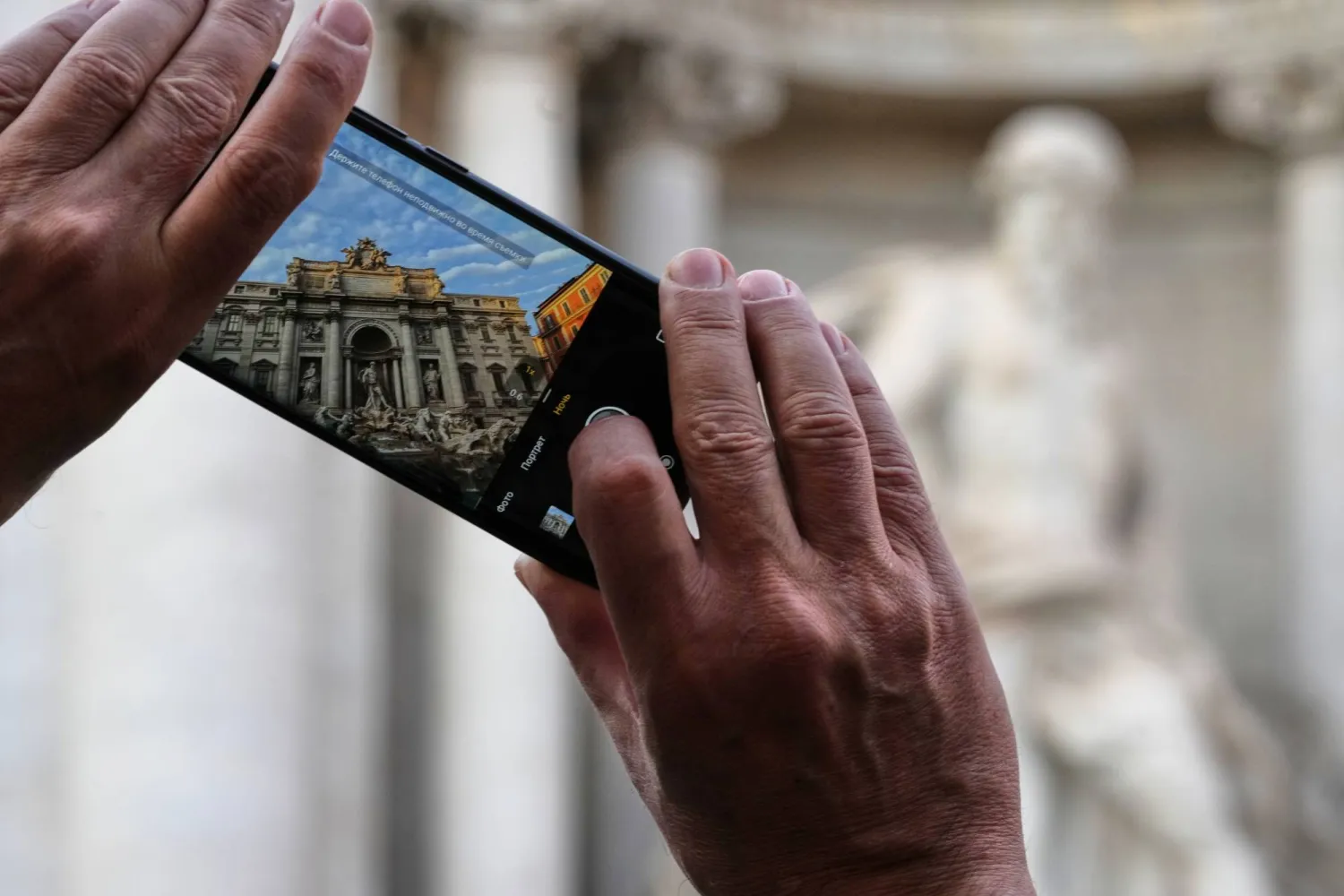Scaffolding in a niche of the Vatican Museums’ Round Hall conceal from view the work of restorers who are removing centuries of grime from the largest known bronze statue of the ancient world: the gilded Hercules Mastai Righetti.
For more than 150 years, the four-meter-tall (13-foot-tall) figure of the half-human Roman god of strength has stood in that niche, barely garnering notice among other antiquities because of the dark coating it had acquired.
But it was only after removing a layer of wax and other material from a 19th-century restoration that Vatican experts understood the statue’s true splendor as one of the most significant gilded statues of its time. Museum-goers will be able to see its grandeur for themselves once the restoration is finished, which is expected in December.
“The original gilding is exceptionally well-preserved, especially for the consistency and homogeneity,” Vatican Museum restorer Alice Baltera said.
The discovery of the colossal bronze statue in 1864 during work on a banker’s villa near Rome’s Campo dei Fiori square made global headlines.
Visitors drawn to the ancient wonder at the time included Pope Pius IX, who later added the work to the papal collection. The statue depicting Hercules after he finished his labors had the last names of the pope — Mastai — and of the banker, Pietro Righetti, added to its title.
The statue has been variously dated from the end of the first to the beginning of the third centuries. Even in its day, the towering Hercules was treated with reverence.
The inscription FCS accompanying the statue on a slab of travertine marble indicates it was struck by lightning, according to Claudia Valeri, curator of the Vatican Museums department of Greek and Roman antiquities. As a result, it was buried in a marble shrine according to Roman rites that saw lightning as an expression of divine forces.
FCS stands for “fulgur conditum summanium”, a Latin phrase meaning “Here is buried a Summanian thunderbolt.” Summanus was the ancient Roman god of nocturnal thunder. The ancient Romans believed that not only was any object stricken imbued with divinity, but also the spot where it was hit and buried.
“It is said that sometimes being struck by lightning generates love but also eternity,” Vatican Museums archaeologist Giandomenico Spinola said.
The burial protected the gilding, but also caused dirt to build up on the statue, which Baltera said is very delicate and painstaking to remove. “The only way is to work precisely with special magnifying glasses, removing all the small encrustations one by one,” she said.
The work to remove the wax and other materials that were applied during the 19th-century restoration is complete. Going forward, restorers plan to make fresh casts out of resin to replace the plaster patches that covered missing pieces, including on part of the nape of the neck and the pubis.
The most astonishing finding to emerge during the preliminary phase of the restoration was the skill with which the smelters fused mercury to gold, making the gilded surface more enduring.
“The history of this work is told by its gilding. ... It is one of the most compact and solid gildings found to date,” said Ulderico Santamaria, a University of Tuscia professor who is head of the Vatican Museums’ scientific research laboratory.









